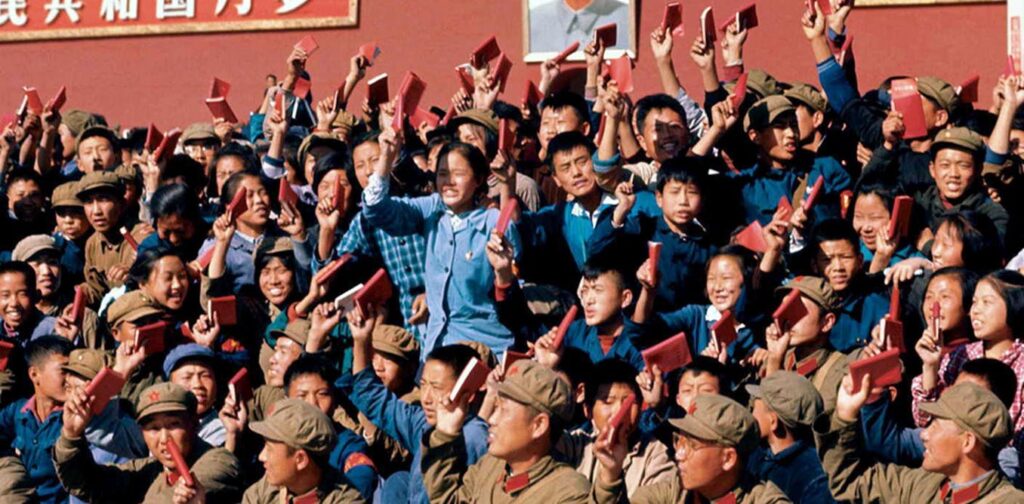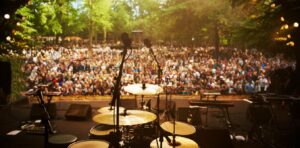
In the 1960s and 70s, while youth in the United Kingdom, the United States, and Australia were rebelling against the Vietnam War, experimenting with psychedelic drugs, and embracing the cultural revolution of the Beatles, their contemporaries in China were undergoing a transformation of a different kind. This transformation, driven by the authoritarian leader Mao Zedong, had profoundly destructive consequences, as detailed in Linda Jaivin’s compelling book, Bombard the Headquarters! The Cultural Revolution in China.
Jaivin’s book is a gripping yet disturbing account of the Cultural Revolution, a period of intense political upheaval in China from 1966 to 1976. Through her narrative, Jaivin provides a vivid portrayal of how Mao’s political neurosis led to a new revolution, with young Chinese rebels playing a central role in the chaos that ensued.
The Rise of the Red Guards
The Cultural Revolution began with Mao’s desire to purge “capitalist, feudalist, and revisionist” elements from the People’s Republic of China (PRC) and to reassert his authority. He encouraged the youth to join the struggle against perceived enemies of socialism, leading to the emergence of the Red Guards in 1966. These militant young people, primarily high school and university students, were instrumental in carrying out Mao’s mission to eliminate counter-revolutionaries and uphold proletarian ideology.
The Red Guards attacked intellectuals, destroyed cultural artifacts, and persecuted those with “bourgeois” values. They were prolific producers of dazibao, or “big-character posters,” denouncing teachers, officials, and anyone opposing Mao’s revolutionary ideals. Another phenomenon, chuanlian, involved the widespread travel of Red Guards across China to exchange revolutionary ideas, further spreading Maoist propaganda.
Escalation of Chaos and Violence
The years 1967–69 marked the most violent phase of the Cultural Revolution. The movement spread from universities to factories, rural areas, and government sectors, with public humiliation, beatings, and torture becoming commonplace. Many were imprisoned without trial or driven to suicide, and violent clashes between rival Red Guard factions and civilians led to hundreds of thousands of deaths.
During this period, significant events unfolded, including the mysterious fall of Lin Biao, Mao’s designated successor, who died in a plane crash in Mongolia after allegedly plotting a coup. The era also witnessed the beginning of US-China relations through ping-pong diplomacy, marked by President Richard Nixon’s historic visit to China in 1972.
The Aftermath and Legacy
The Cultural Revolution officially ended in 1976 with the arrest of the “Gang of Four,” including Mao’s wife, Jiang Qing. However, its impact lingered, casting a long shadow over China. Jaivin describes the Cultural Revolution as a cautionary tale, a “radioactive memory” that continues to affect multiple generations.
“It was supposed to imbue the nation with such a strong ethos of egalitarianism and self-sacrifice that corruption, bureaucratism, and ‘bourgeois tendencies’ would forever be banished from China.”
Jaivin’s portrayal of Mao is equally complex, depicting him as a figure capable of grand revolutionary visions but also petty manipulations. Her book raises questions about the psychology behind the mass hysteria of the Red Guards and the dangers of personality cults and authoritarian dictatorships.
Reflections and Lessons
Jaivin’s book succeeds in provoking thought and encouraging readers to explore further. It serves as a reminder of the dangers posed by unchecked authority and the potential for history to repeat itself if lessons are not learned. For those who lived through the Cultural Revolution, the book offers a chance to reflect on a traumatic past. For others, it provides a dramatic and engaging account of one of the most turbulent periods in Chinese history.
Ultimately, Bombard the Headquarters! is a testament to the enduring impact of the Cultural Revolution and the importance of remembering history to prevent similar tragedies in the future.






